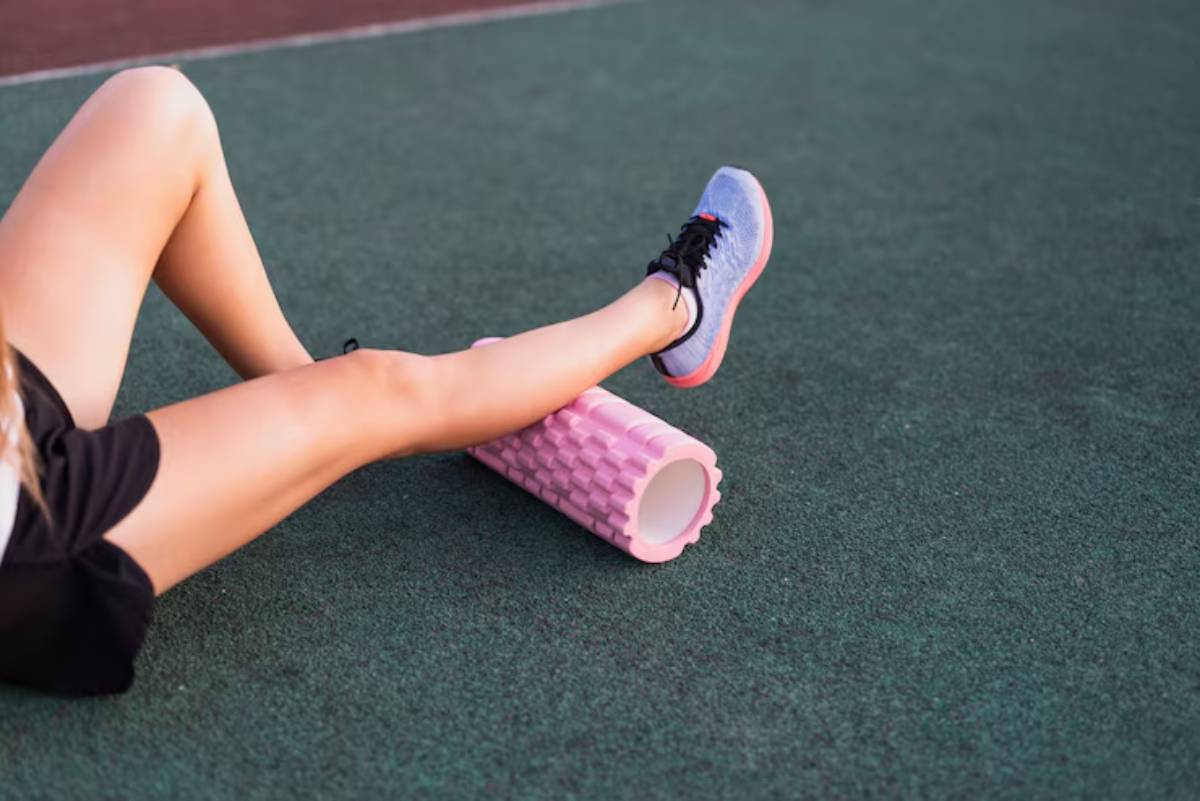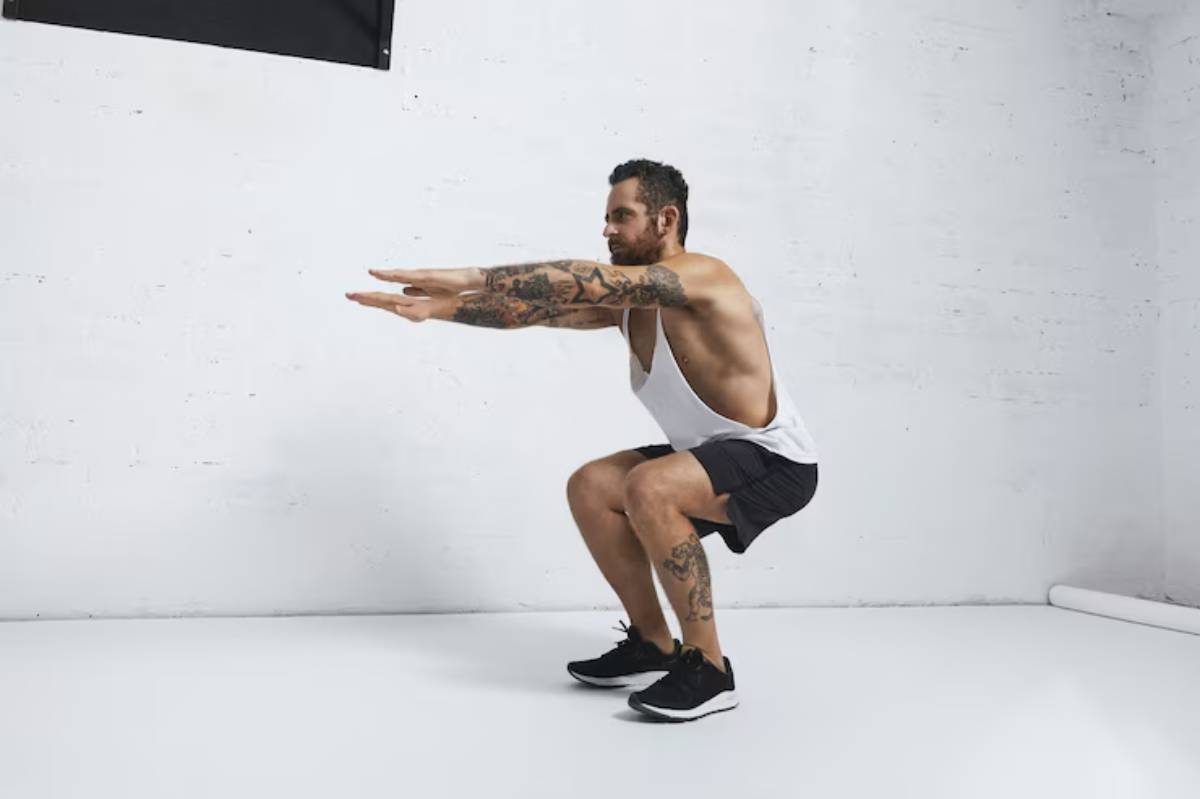
Best Activities for Active Recovery Days
Ever feel sore after a workout and wonder whether to rest completely or do something light? It’s a common question, especially for those trying to stay consistent without overdoing it. The good news? Rest doesn’t have to mean total stillness.
Active recovery days offer the perfect balance, letting your body recuperate without grinding to a halt. Through light recovery workouts and gentle movement, you can reduce muscle stiffness, support circulation, and ease your way into better results.
Whether you’re a regular gym-goer, a runner in training, or simply someone staying active for health, this blog gives you practical, feel-good exercise recovery ideas to make rest days count. We’ll cover what counts as non-strenuous fitness, why it works, and how to incorporate it into your weekly rhythm.
Let’s help your body recharge—without switching off completely.
What Is Active Recovery?
A Smart Way to Rest and Rebuild
Active recovery is all about gentle movement that helps you recover faster. It doesn’t spike your heart rate or leave you sweating buckets. Instead, it keeps your body in motion in a way that supports healing and repair.
Here’s what makes active recovery so valuable:
- It promotes blood flow to sore muscles
- Helps clear metabolic waste like lactic acid
- Reduces muscle tension
- Encourages mental relaxation
- Supports joint health and mobility
It’s not about chasing performance—it’s about restoring it. Unlike full rest (where you do nothing physical), active recovery uses movement as a tool for recovery.
Who Needs Active Recovery Days?
Spoiler: Everyone Benefits
Recovery days are beneficial for anyone, not just elite athletes. Whether strength training, running, dancing, or doing home workouts, non-strenuous fitness routines can improve long-term progress and reduce the risk of burnout.
You’ll especially benefit if:
- You experience regular muscle soreness
- You train multiple times a week
- You’re over 30, and recovery feels slower
- You sit for long periods at work
- You’ve been under stress or sleeping poorly
Even those just getting started with fitness can use active recovery to avoid overtraining while staying consistent.
Signs You Need an Active Recovery Day
Learning to Listen to Your Body
Not sure when to swap a workout for recovery?
These are common signals:
- Persistent fatigue or sluggishness
- Soreness lasting more than 48 hours
- Mood dips or poor focus
- Stiff joints or tight muscles
- Poor sleep or low appetite
Ignoring these signs can lead to overuse injuries and a drop in motivation. A light recovery workout might be the ideal way to loosen up and bounce back.
The Best Light Recovery Workouts
1. Walking: Simple and Effective
A brisk or gentle walk is one of the most underrated recovery tools. It boosts circulation without adding joint stress and can be done almost anywhere.
Why it works:
- Encourages blood flow to tired muscles
- Mobilises hips, knees, and ankles
- Clears your head and boosts your mood
Tip: On recovery days, aim for 20–40 minutes, ideally outdoors to enjoy fresh air and daylight.
2. Swimming or Water-Based Movement
Water naturally reduces impact on your joints, making it ideal for recovery. Whether you’re swimming laps slowly or simply moving through the water, it’s soothing and strengthening.
Benefits:
- Buoyancy reduces muscle strain
- The cooling effect eases inflammation
- Gentle resistance supports mobility
Try: Aqua jogging or slow-paced freestyle laps for 15–30 minutes.

3. Yoga for Flexibility and Calm
Yoga combines mobility, mindfulness, and breath, perfect for restoring both body and mind.
Look for slow-paced styles like:
- Yin Yoga (long, passive stretches)
- Restorative Yoga (using props for comfort)
- Gentle Vinyasa (fluid but slow movement)
How it helps:
- Relieves muscle tightness
- Improves posture and joint range
- Encourages parasympathetic (rest) nervous activity
Yoga also pairs well with breathwork. If you’re aiming to deepen your recovery through calming techniques, pairing breath with stretch is highly effective—read more on how to combine breathwork with stretching to enhance both.
4. Cycling at a Light Pace
Stationary or outdoor cycling with minimal resistance is another recovery gem.
Keep in mind:
- Your legs should feel like they’re loosening up, not working hard
- You should be able to speak comfortably throughout
- Avoid hills or sprint intervals
Ideal duration: 15–30 minutes at a conversational pace
5. Foam Rolling and Myofascial Release
While not technically a “workout,” foam rolling and massage release muscle knots and improve mobility.
Target areas:
- Quads and hamstrings
- Calves and glutes
- Upper back and shoulders
Use slow, controlled movements and focus on breathing through discomfort. Combine this with light stretching for an effective at-home recovery session.

6. Mobility Drills and Gentle Stretching
Mobility routines help maintain joint health, particularly after intense strength or cardio sessions.
Try:
- Shoulder circles
- Hip openers
- Thoracic spine rotations
- Ankle rolls
Even 10 minutes of focused movement can reset your posture and restore range of motion. Over time, this will help prevent compensations that lead to injury.
To make the most of this, it’s worth learning how to structure a full-body dynamic warm-up—which you can scale down for recovery days.
How to Structure Your Active Recovery Day
Keep It Light, But Purposeful
There’s no need for a rigid plan, but a loose structure can help you stay intentional:
- Duration: 20–45 minutes
- Intensity: Light enough to carry a full conversation
- Goal: Circulation, flexibility, relaxation—not calories or performance
Example Recovery Day Flow:
- 10 minutes of gentle cycling or walking
- 15 mins yoga or mobility flow
- 5–10 mins foam rolling or breathwork
- Optional: Epsom salt bath or short nap later in the day
Recovery Is More Than Physical
The Mental Benefits of Moving Gently
Rest days aren’t just about your muscles—they help reset your mood, focus, and energy too.
Active recovery supports mental wellness by:
- Reducing cortisol (stress hormone)
- Improving sleep quality
- Creating a break from screens or work
- Providing time for reflection or gratitude
You might be surprised how a walk or light yoga session turns into your favourite part of the week, especially if you’re managing stress, anxiety, or burnout.
Pitfalls to Avoid on Active Recovery Days
Don’t Let Your Ego Take Over
It’s tempting to turn a recovery day into “just a little session” that somehow morphs into full-blown training. Resist the urge.
Avoid:
- High heart-rate cardio
- Heavy lifting or plyometrics
- Lengthy sessions
- Treating it like a performance day
Recovery days should leave you feeling better, not worse.
How Often Should You Take an Active Recovery Day?
Find the Right Balance
There’s no magic number, but most people benefit from:
- 1–2 active recovery days per week, especially after tough workouts
- More frequent sessions if you’re feeling stiff, sleep-deprived, or under stress
- A focus on mobility and breath on non-training days if you’re a high-volume athlete
Listen to your body. If it’s whispering for rest, don’t wait for it to start shouting.
Conclusion: Recovery Is Where Progress Happens
Active recovery days are often overlooked, but they’re where the magic happens. These gentle, intentional sessions allow your body to heal, reset, and come back stronger, without losing momentum.
Whether it’s a walk, a swim, a light yoga flow or mobility work, integrating non-strenuous fitness into your week helps reduce soreness, boost circulation, and support mental clarity. It’s not a compromise—it’s a strategy.
So next time your programme says “rest day,” treat it as an opportunity. Move, stretch, breathe—and come back feeling better than before.
Try adding one of these light recovery workouts to your week. Your body will thank you, and your performance will show it.


